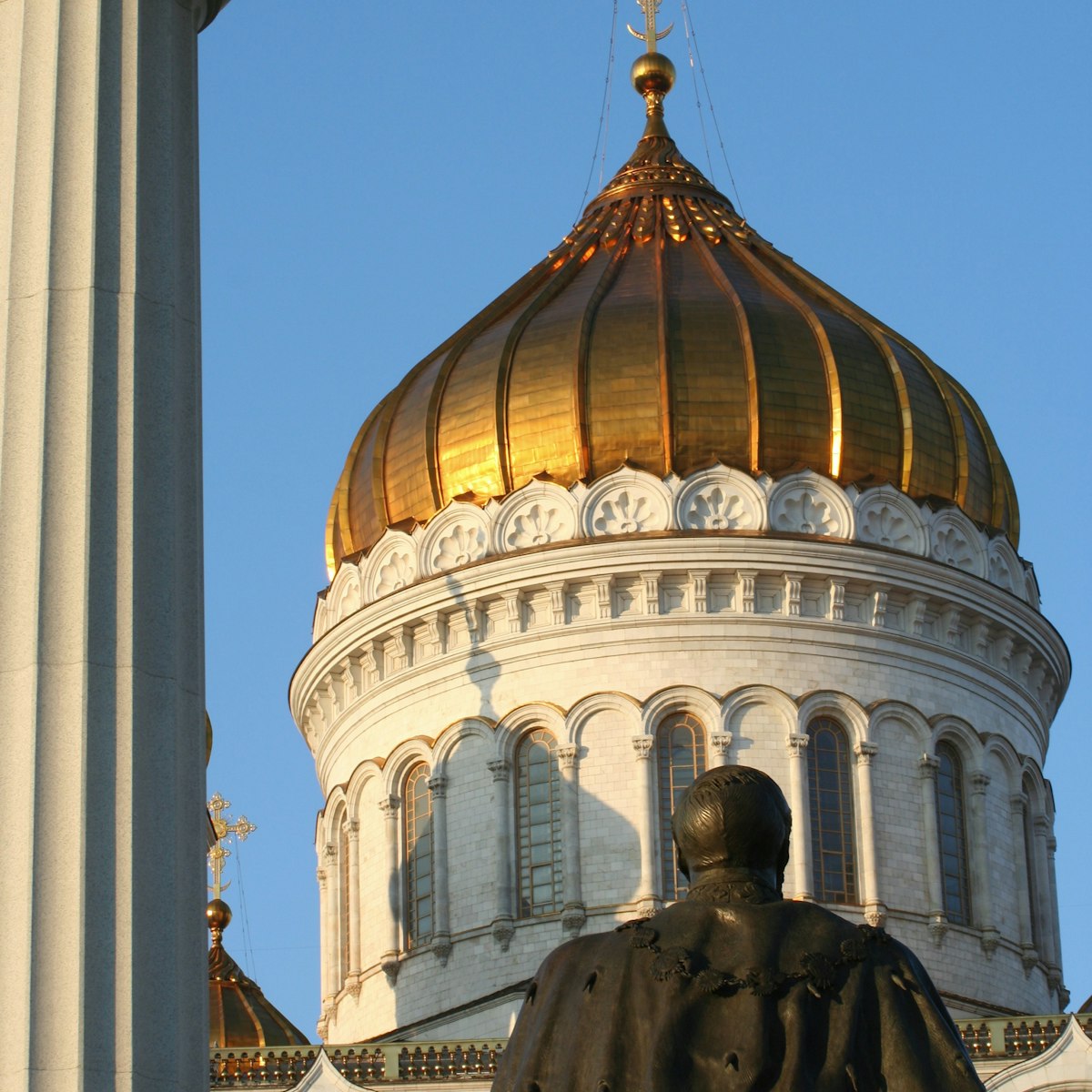Named after the swamp it used to be, Bolotnaya has a lot to tell about those who rebelled against the Kremlin, which views it warily from the other side of the river. Comprised of gardens and a bulging section of the city's main avenue, flanked by the grim constructivist Dom na Naberezhnoy, it was the scene of the public executions of the leaders of two of Russia's main peasant uprisings – Stepan Razin and Yemelyan Pugachev.
Centuries later, prominent Bolsheviks who proudly moved into the newly built Dom na Naberezhnoy in the 1920s were disappearing from their flats almost every night during Stalin's purges. A small museum tells the story of the house's most prominent inhabitants. The walls of the house are adorned with numerous plaques commemorating its famous residents. If the year of the death is 1937 or 1938, it most likely means that the person was executed during the most brutal wave of terror.
The Repinsky skver gardens across the square draw punks, hippies and Lord of the Rings re-enactment fans on summer nights. The gardens contain an intriguing sculpture by Mikhail Shemyakin, Children are Victims of Adults’ Vices (with the vices depicted in delightful detail). In 2012 Bolotnaya Sq became the site of anti-Putin protests commonly known as the Bolotnaya movement.







